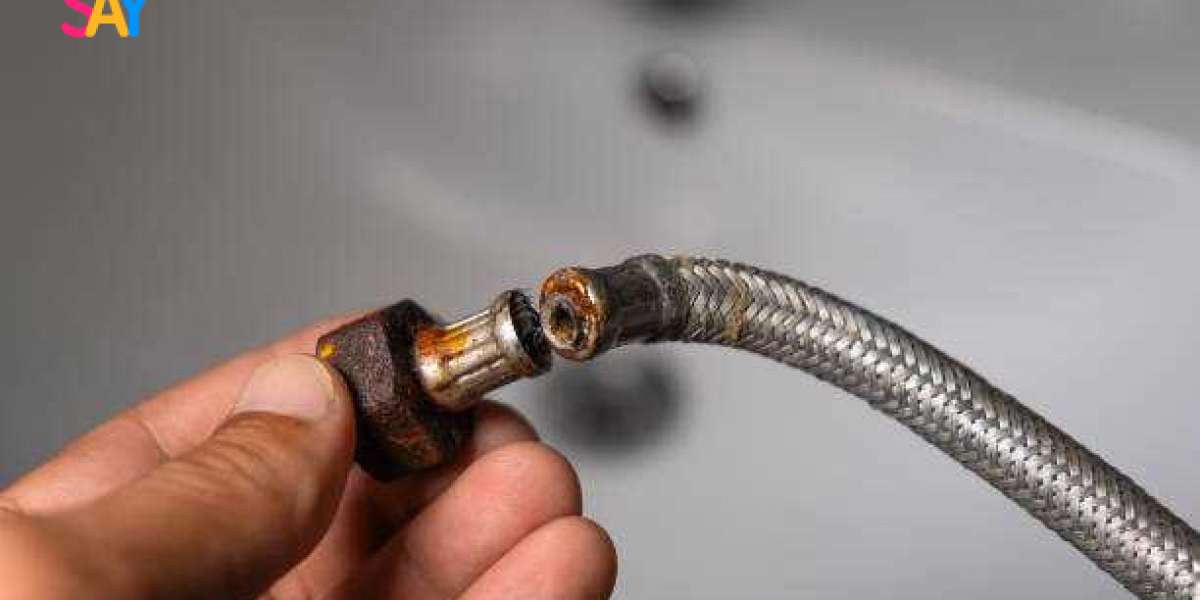A functional kitchen sink sprayer hose is essential for everyday tasks like washing dishes, rinsing produce, and cleaning the sink area. Over time, these hoses can wear out, develop leaks, or lose water pressure, requiring a replacement. Choosing the right hose ensures durability, flexibility, and compatibility with your kitchen faucet setup. In this guide, we’ll explore everything you need to know to select the best replacement hose for your kitchen.
Understanding Different Types of Kitchen Spray Hoses
Before purchasing a replacement, it's important to understand the different types of spray hoses available:
Pull-Out vs. Pull-Down Hoses
- Pull-Out Sprayer Hoses: Typically have a shorter reach and a more flexible design, making them great for smaller sinks.
- Pull-Down Sprayer Hoses: Offer a longer extension and a more streamlined look, suitable for deep sinks and high-arch faucets.
Material Options
- Nylon Braided Hoses: Lightweight and flexible, reducing kinking.
- Stainless Steel Hoses: Durable and resistant to wear and tear.
- PVC Hoses: Cost-effective and easy to install but may not be as long-lasting.
Hose Length and Flexibility
- Standard lengths range from 48 to 72 inches.
- Consider a length that suits your sink and workspace without excess slack that may cause tangling.
Factors to Consider When Choosing a Replacement Hose
Compatibility with Your Faucet
- Check the brand and model of your faucet to ensure the hose fits properly.
- Look for universal adapters if unsure about the exact match.
Connection Type
- Quick-Connect Fittings: Easy to install without special tools.
- Threaded Connectors: Require screwing into place, often with the help of a wrench.
Water Pressure and Flow Rate
- Choose a hose that supports optimal water flow without reducing pressure.
- Ensure it is compatible with your home’s plumbing system.
Durability and Leak Resistance
- Opt for reinforced materials to prevent wear and tear.
- Look for hoses with anti-leak seals and strong connectors.
Step-by-Step Guide to Replacing Your Kitchen Hose
Gather Your Tools and Materials
- Adjustable wrench
- Replacement hose
- Plumber’s tape (for extra sealing)
- Bucket or towel to catch excess water
Turn Off the Water Supply
- Shut off both the hot and cold water valves under the sink.
- Release any remaining water by turning on the sprayer.
Disconnect the Old Hose
- Use a wrench to unscrew the connector from the faucet.
- Remove the sprayer head if necessary.
Install the New Hose
- Attach the hose to the faucet using the correct connector type.
- Wrap the threads with plumber’s tape for extra leak protection.
- Secure the sprayer head to the new hose.
Test for Leaks and Functionality
- Turn the water supply back on and test the sprayer.
- Check for any leaks and tighten connections if needed.
Conclusion
Selecting the right replacement sink sprayer hose is essential for maintaining an efficient and functional kitchen. By considering factors like material, length, compatibility, and durability, you can ensure a hassle-free installation and long-lasting performance. Whether you’re upgrading an old hose or replacing a damaged one, following this guide will help you make an informed decision and keep your kitchen running smoothly.




